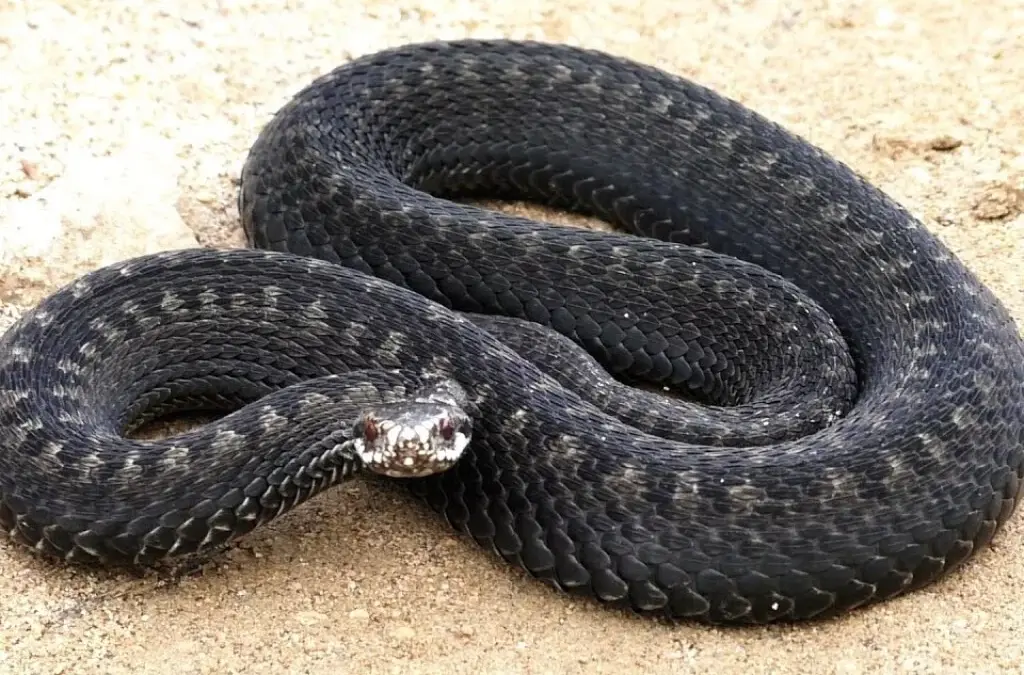Physicists from Yale University used a mathematical model to explain how vipers use infrared sensors near their nostrils to find prey in pitch darkness. It turns out that they use a kind of “signal amplifier” that expands the limits of the capabilities of thermal imaging organs.
The animal world is full of interesting evolutionary solutions in the field of sensory perception. An eagle soaring in the sky notices a field mouse running in the grass. A hungry bear hears the sound of edible food in the thick bushes several kilometers away. A platypus swimming in a freshwater stream receives electrical impulses from a nearby tadpole. Ordinary people noticed a single photon in some experiments; This was the equivalent of being able to see a candle from ten kilometers away at night. Vipers recognize the victim by detecting slight fluctuations in temperature at a distance. The latter raises the most questions: how?
To locate their prey, vipers need to detect millielvin temperature changes, and the organ must be a thousand times more sensitive than the underlying molecular sensors. Especially if we are talking about the desert (a favorite habitat of snakes), where the temperature rises sharply during the day and night. Scientists from Yale University (USA) found the answer in a new mathematical model published in the journal Proceedings of the National Academy of Sciences.
Researchers believed there may be a biological mechanism behind hypersensitivity; This mechanism allowed the vipers to amplify the trivial signals initially received by the receptors and transmit them to the brain at “high resolution.” To explain this mechanism, scientists used the concept of statistical physics and information theory to understand how the temperature signal from the snake’s individual ion channels collectively affects the response of neurons. There is a “bifurcation” in the mathematical model, which is the point at which the response of neurons changes qualitatively and individual, less sensitive thermosensors interact at a higher level.
“We show that near this bifurcation point, the snake’s brain can receive almost the same amount of temperature information if it were to read the measurements from each sensor and then perfectly average them to yield a single optimally accurate measurement,” Benjamin said. Makhta is an associate professor in the Department of Physics.
It turns out that potentiation occurs due to proximity to the dynamic bifurcation that separates the regime with frequent and regular action potentials from the regime in which they are disordered and infrequent. Near the transition, the frequency of action potentials can be extremely sharply dependent on temperature, leading to a thousandfold amplification.
Additionally, this mathematical model includes a “feedback” function that automatically maintains the overall sensitivity of the system during temperature fluctuations. Similar feedback mechanisms may be found in other sensory systems aimed at detecting small signals in a changing environment. Thus, the new model will not only be used for vipers’ night journeys.













